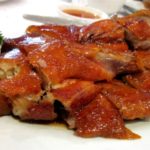Beef is an incredibly nutritious food, packed with protein, essential vitamins and minerals. With approximately 28g of protein and 10g of lipid per 100g serving, it provides a substantial 280 kcal of energy – that’s double the amount found in fish and many other types of meat. It’s no wonder, then, that it’s one of the most widely consumed meats globally.
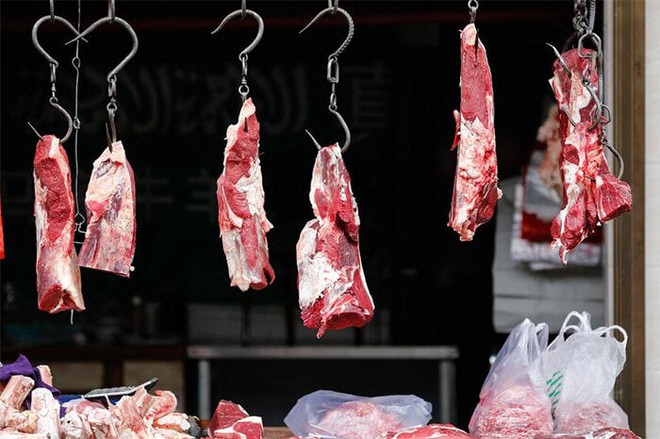
The appearance of beef can be deceiving, so it’s important to know how to choose fresh, high-quality cuts. (Image: Sohu)
The protein, vitamin B6, potassium, iron and antioxidants found in beef promote wound healing, boost immunity, combat ageing and prevent disease. However, it’s important to select fresh, high-quality beef to ensure you’re getting these nutritional benefits and maintaining food safety.
How to Choose Fresh, High-Quality Beef: The “3 No’s” Rule
Many homemakers wonder why the beef they buy tends to be tough, smelly or of poor quality. To avoid this, you can follow the “3 No’s” rule below:
No. 1: Avoid Excessively Wet or Dry Beef
Fresh beef should have a slightly dry surface that feels slightly sticky to the touch. Typically, beef is at its firmest and freshest right after slaughter, and its distinctive aroma is most pronounced. After about 1-3 hours, the meat begins to soften, and its aroma becomes more subtle. This is the ideal time to purchase beef as it will be at its most tender and flavourful.
However, if the surface of the beef is excessively dry or sticky, it may be from an older animal or have been treated with water. Water-injected beef may appear shiny and moist, but it will continue to bleed when left for a while, becoming tough and emitting an unpleasant odour when cooked. This type of beef also releases a lot of water during cooking and tends to be less tasty.
No. 2: Avoid Beef with Unusual Colours and Odours
If the beef lacks a glossy appearance and has a very dark colour, it’s best to avoid it. Fresh beef should have a bright red colour with white or slightly yellow fat. If the meat is very dark red, or if the fat is also dark or even light green, it’s a sign of spoilage.
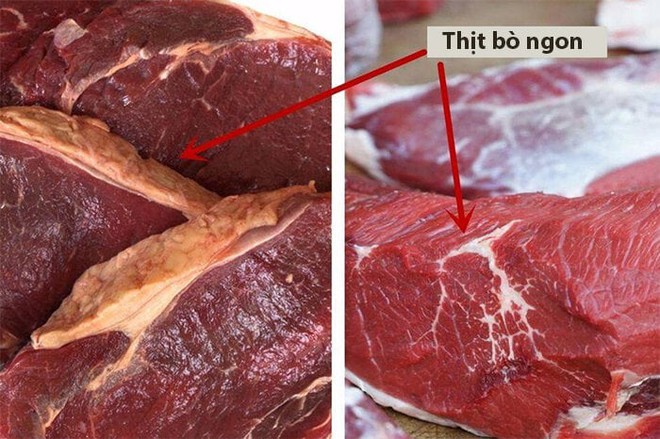
Check the colour of the tendons when choosing beef. (Image: Sohu)
Fresh beef has a natural, pleasant aroma, and if you sniff closely, you might even detect a hint of grass. Beef that is beginning to turn will have a sour smell, while spoiled beef will emit a putrid odour. If you encounter beef with an unusual or unpleasant colour and odour, it’s best not to purchase it.
No. 3: Avoid Beef with Poor Elasticity
Fresh beef should be firm and elastic. When pressed with your finger, it should quickly return to its original shape. If the indentation remains for a while, it indicates that the meat has been compromised, either through spoilage or water absorption.
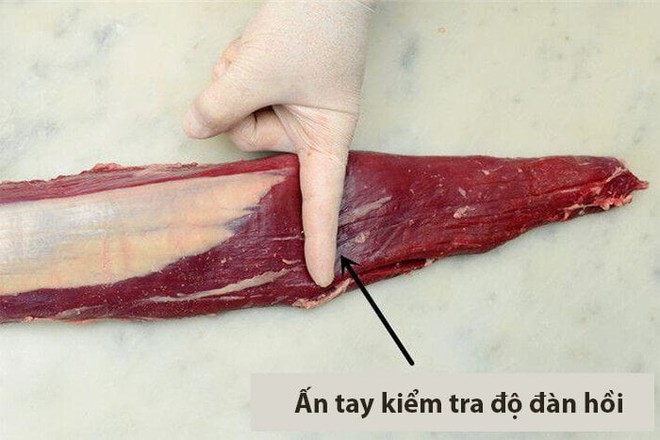
Testing elasticity with your finger is a great way to choose fresh beef. (Image: Sohu)
This type of beef will not taste good, no matter how skillfully it is cooked, and its nutritional value will be significantly reduced.
The Best Cuts of Beef to Buy
The following are some of the most popular cuts of beef, which you can choose from depending on the dish you plan to prepare:
Beef Brisket
This cut comes from the underside of the cow, between the chest and shank. It consists of a mix of fat, tendons and lean meat. Brisket is perfect for stewing or braising, resulting in tender, flavourful meat when cooked for a long time.
Beef Short Ribs
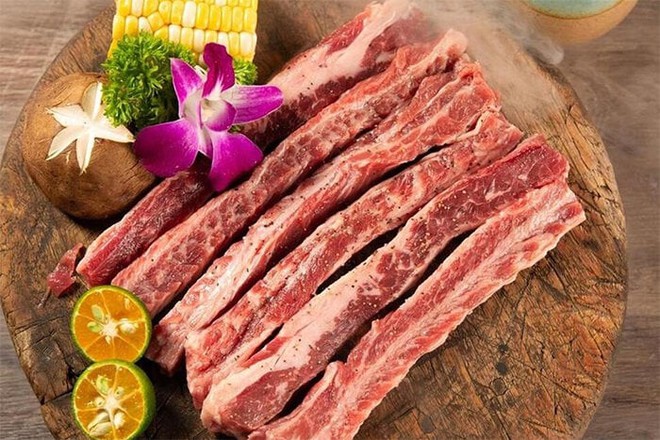
Beef short ribs. (Image: Sohu)
Short ribs are a cut of beef taken from the rib and plate primal areas. They are well-marbled, with a good balance of meat and fat, making them ideal for braising, stewing, grilling or barbecuing.
Beef Eye Fillet
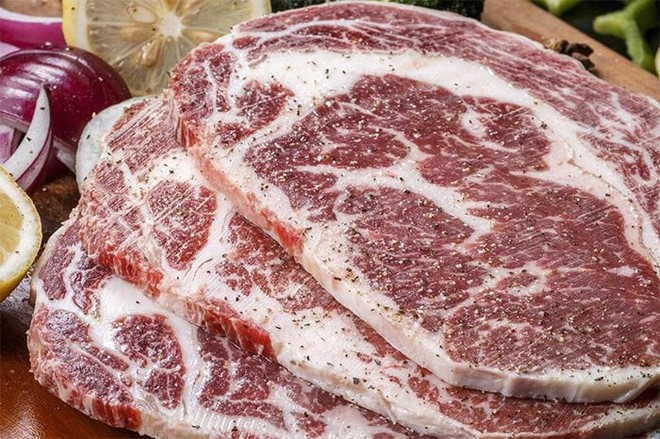
Beef eye fillet. (Image: Sohu)
This cut is a favourite among discerning diners. Located above the front thigh, the eye fillet gets its name from its resemblance to an eye after being cut. It has a uniform distribution of fat and lean meat, resulting in exceptionally tender and juicy meat when grilled or fried due to its high fat content.
Beef Tenderloin
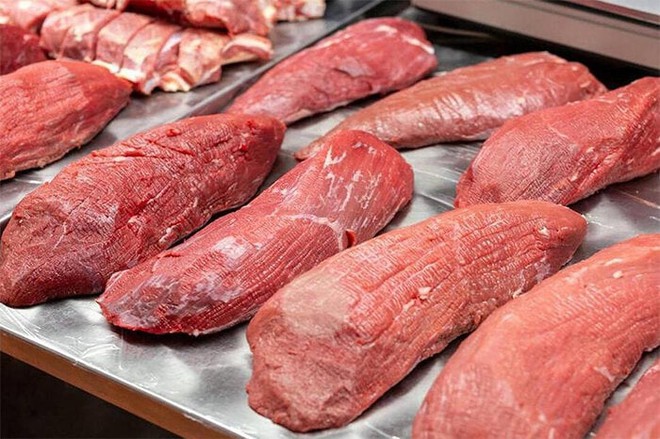
Beef tenderloin. (Image: Sohu)
The tenderloin is located along the cow’s back, just beneath the spine, and is the most tender cut. With very little fat and extremely low-fat content, it is perfect for stir-frying, pan-frying or sautéing. However, it’s important to control the heat carefully to prevent the meat from becoming tough.
Tips for Selecting Sweet, Unsprayed Star Gourds
Discover the secrets of selecting sweet and flavorful star gourds with this informative article! Gourds are a nutritious and delicious addition to any meal, so find out how to find the best of the best with the tips provided.

























